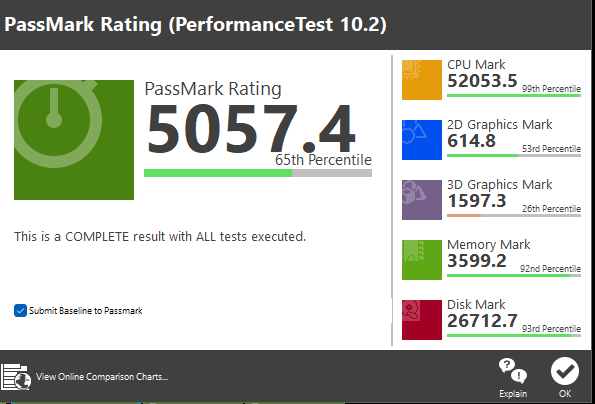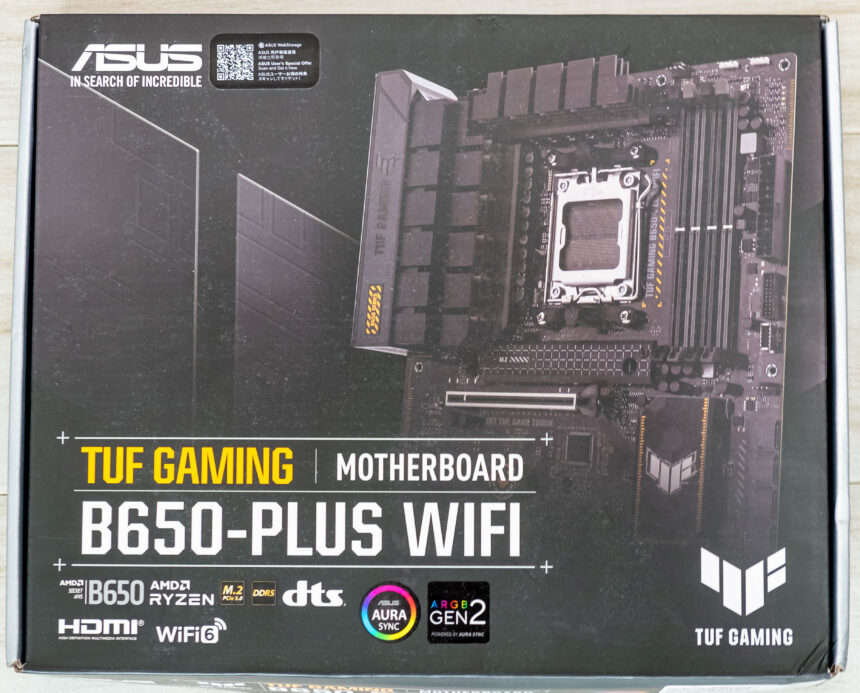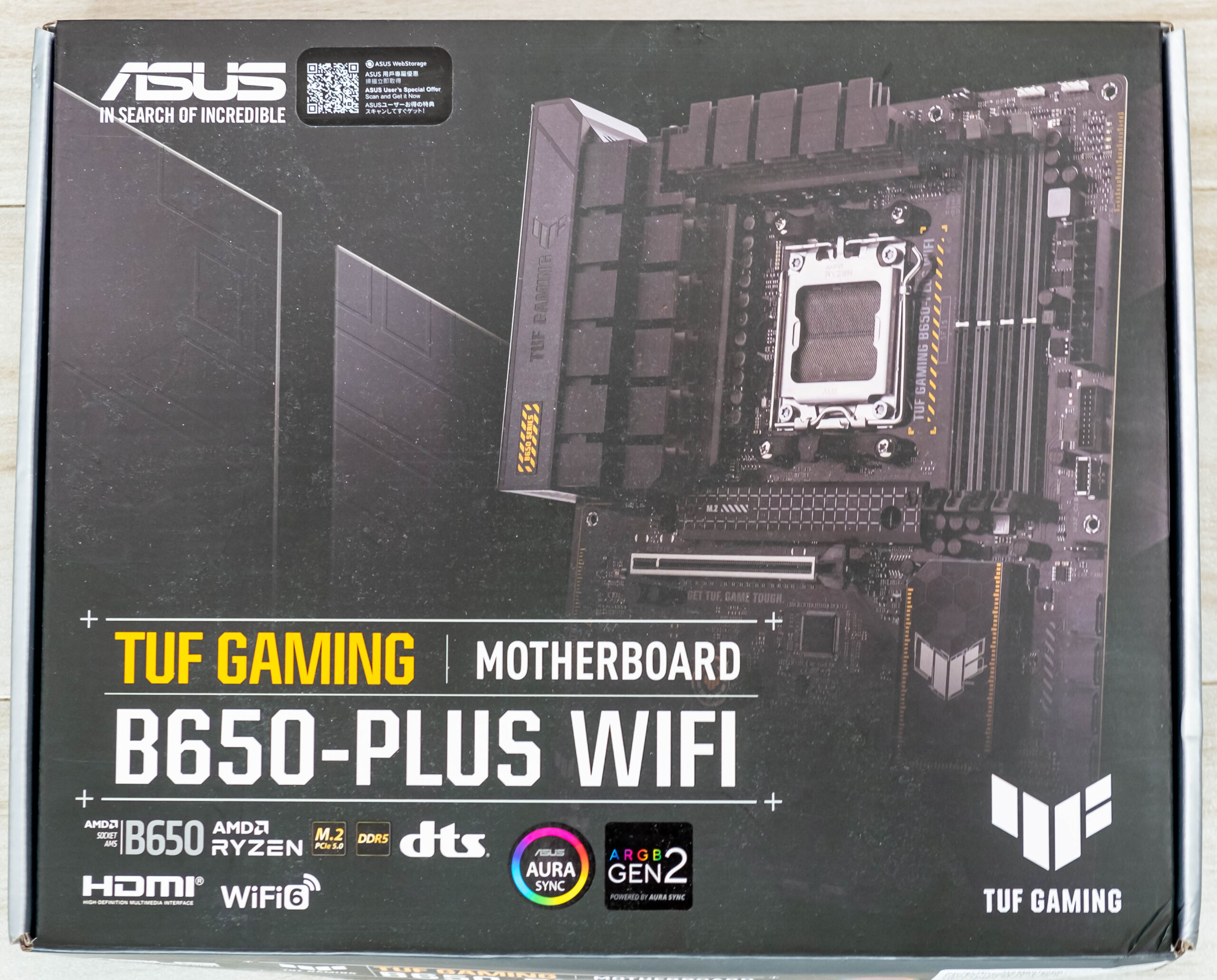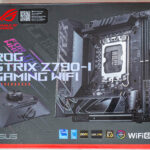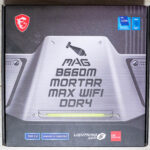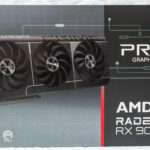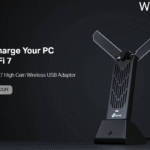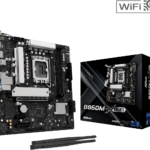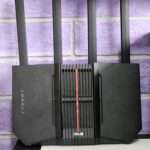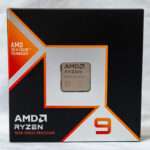Today we have Asus TUF Gaming B650-Plus WIFI . The TUF Gaming series, as the name already implies, refers to gaming, however, unlike the heaped ROG Strix series (we all know that ROG is the Republic Of Gamers, that is, also a gaming direction), TUF Gaming boards do not have any special “highlights” or “baubles” for overclocking, the backlight is minimal or not at all, in general the design is simpler, well, the series simply means: “play a lot, hard, you’ll have enough normal operation of the hardware, stability is guaranteed.”
The Asus TUF Gaming X670E-Plus WiFi comes in a standard box of the series’ signature design (in black and gray). The kit is located under the board in a separate compartment.
Form factor
The Asus TUF Gaming B650- Plus WiFi motherboard is made in the ATX form factor, has dimensions of 305x244mm, and it has 9 mounting holes for installation in the case
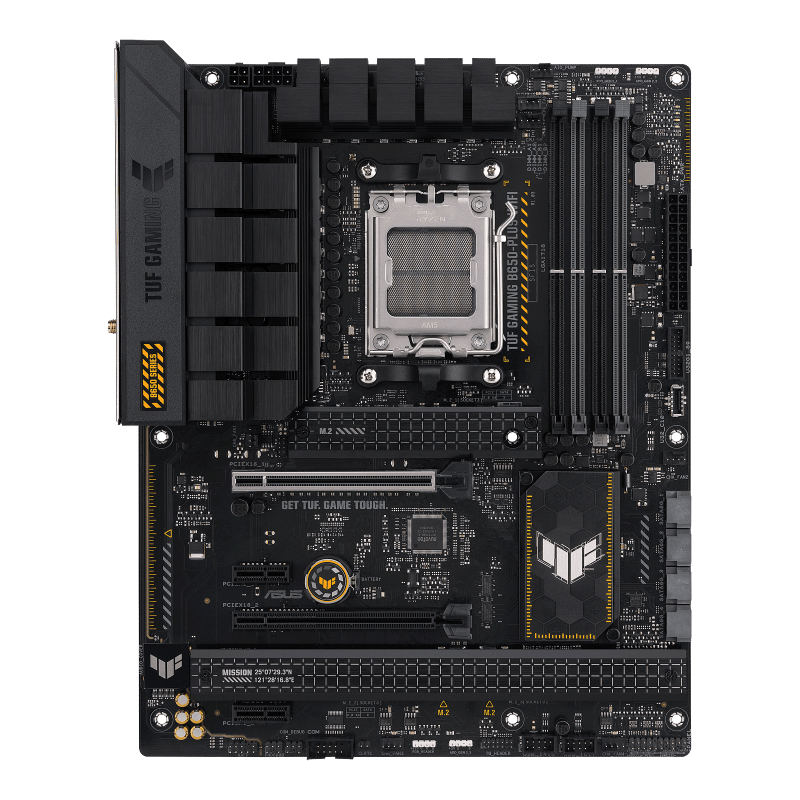
There is no protective plate (backplate).
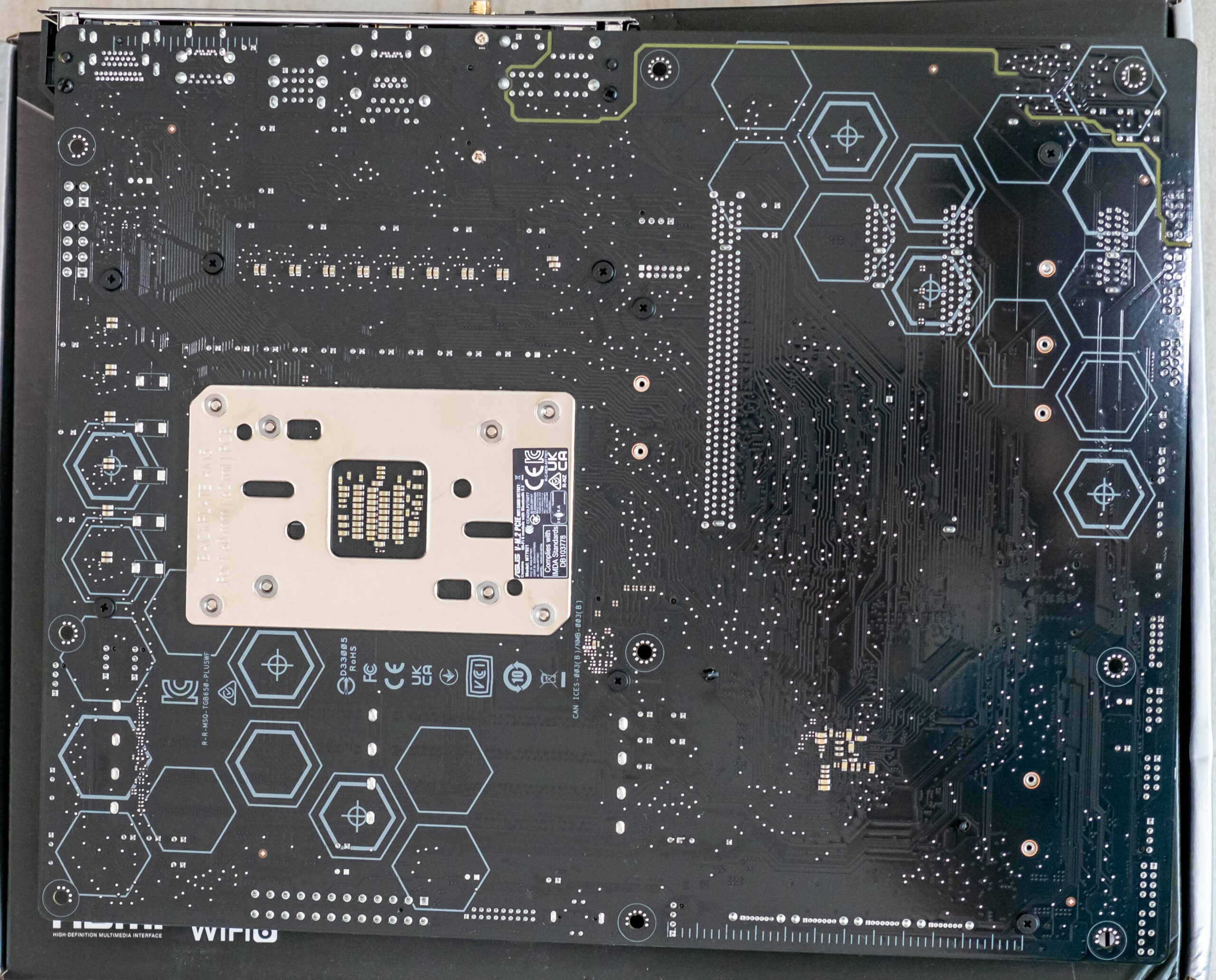
On the rear IO itself, there are a total of eight USB ports, 2 of which are USB 3.2 Gen 2×2 and other is USB 3.2 Gen 2 (Both Type-C ports). The other four Type-A are USB 2.0 and two Type-A USB 3.2 Gen 2 ports. Also located on the rear IO are the Wi-Fi antenna headers, the Realtek 2.5Gbe LAN port, as well as a Realtek S1220A 5-plug audio stack with SPDIF. When you’re using an AMD Ryzen 7000 series and need video outputs, HDMI and DisplayPort here have that covered.
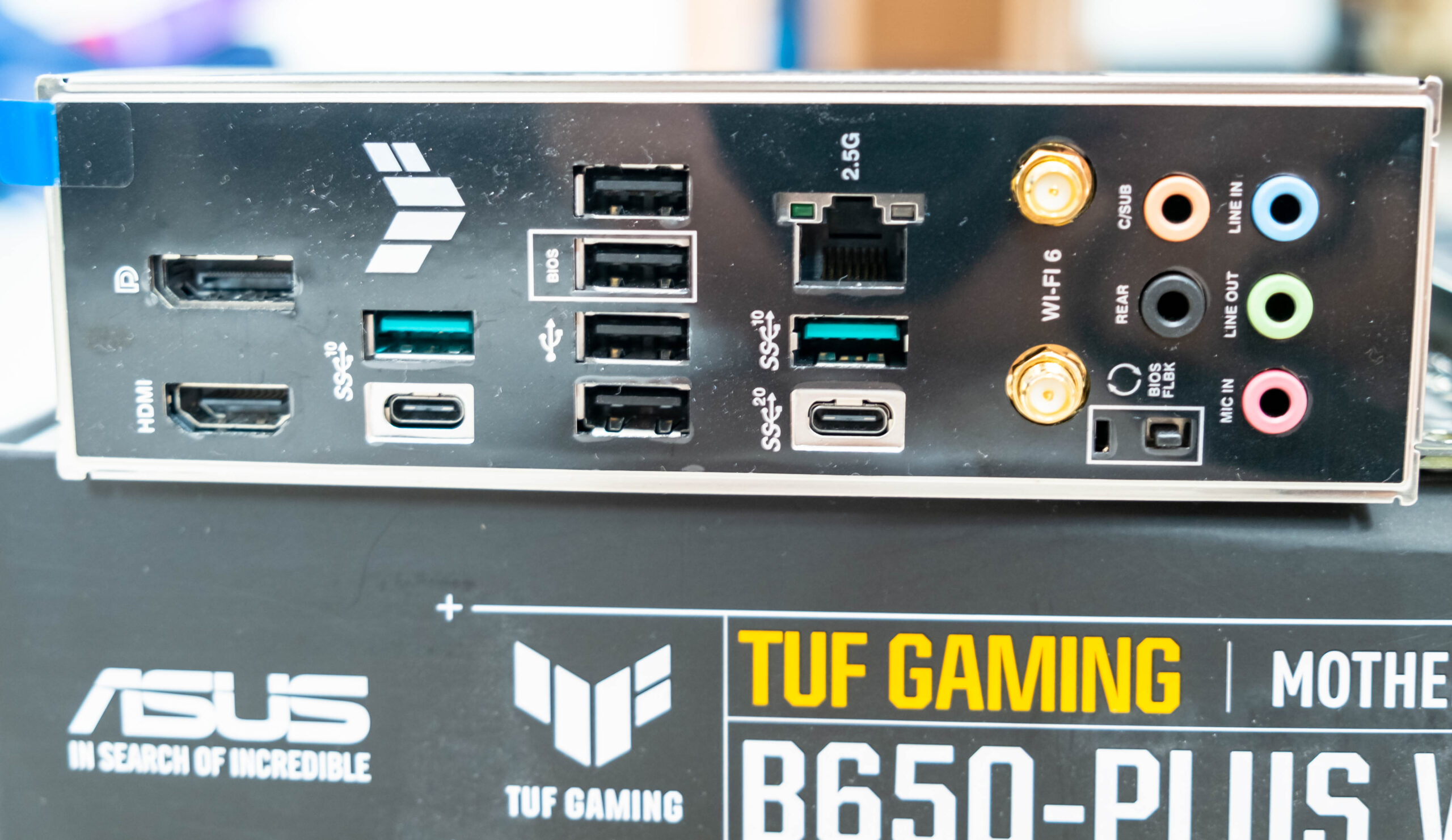
Specifications
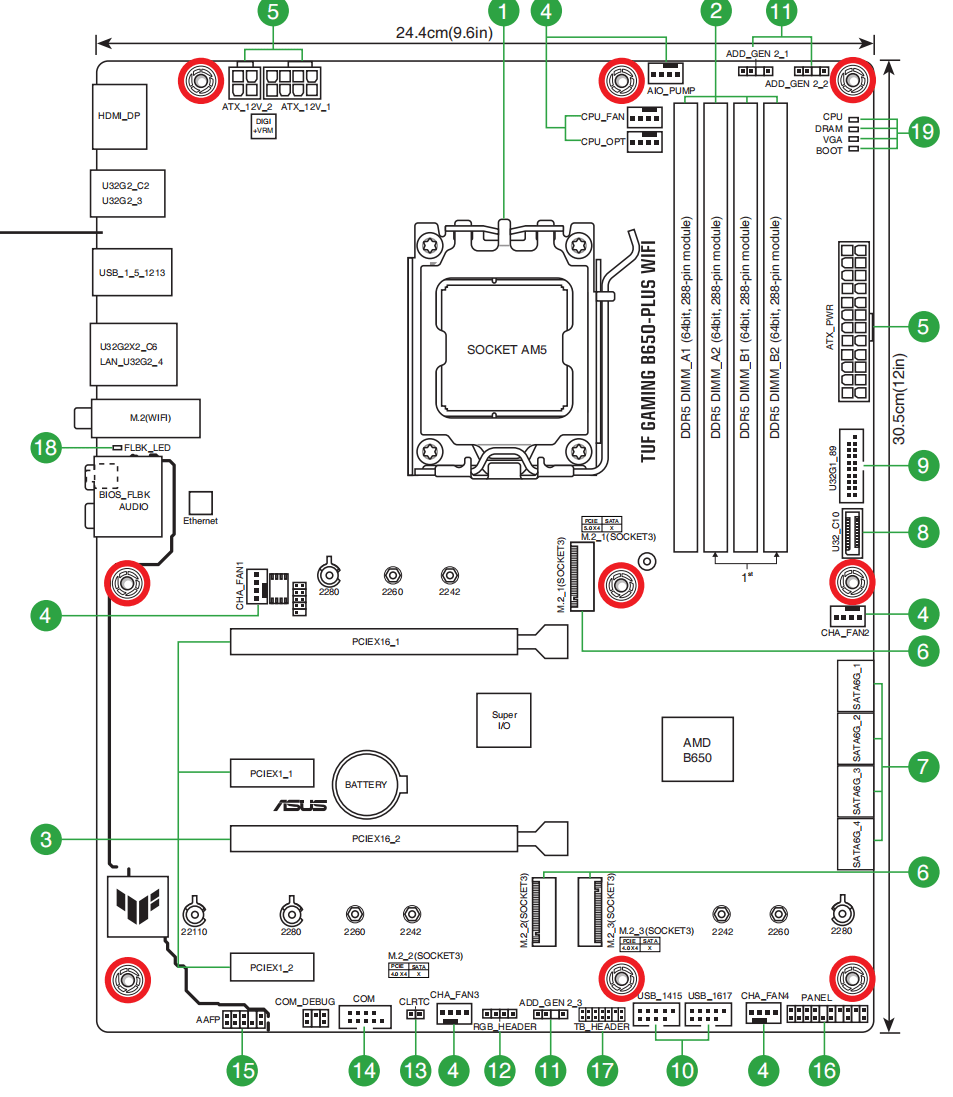
| Supported Processors | AMD Ryzen 7xxx under AM5 |
|---|---|
| Processor socket | AM5 |
| Chipset | AMD B650 |
| Memory | 4 × DDR5, up to 128 GB, up to DDR5-6400 (XMP/Expo), two channels |
| Audio | 1 × Realtek S1220A (7.1) |
| Network Controllers | 1 × Realtek RTL8125 Ethernet 10Gbps 1 × MediaTek Dual Band Wireless (Wi-Fi 802.11a/b/g/n/ac/ax (2.4/6 GHz) + Bluetooth 5.2) |
| Expansion Slots | 1 × PCI Express 4.0 x16 1 × PCI Express 4.0 x16 (x4 mode) 1 × PCI Express 4.0 x16 (x4 mode) |
| Drive Connectors | 4× SATA 6 Gb/s (X670E) 1× M.2 (CPU, PCIe 5.0 x4 for 2260/2280/22110 devices) 1x M.2 (CPU PCIe 4.0 x4 for 2260/2280/22110 devices) 1x M.2 (B650 PCIe 4.0 x3 for 2260/2280/22110 devices) |
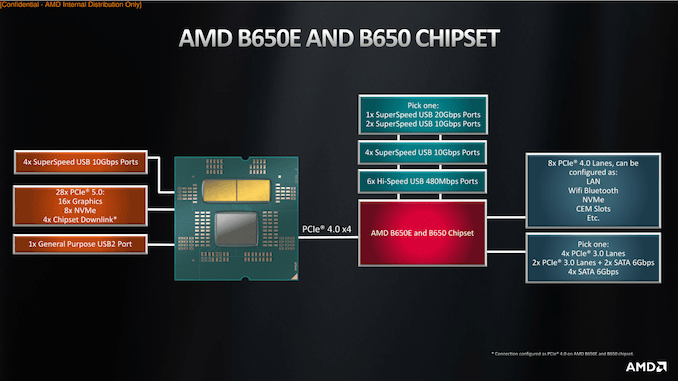
–

The new generation of Ryzen 7xxx supports both traditional DDR5 memory modules with Intel XMP (Extreme Memory Profile) (which are adjusted to the characteristics laid down in XMP through Direct Over Clock Profile (DOCP)), and modules with AMD’s proprietary Expo profile.
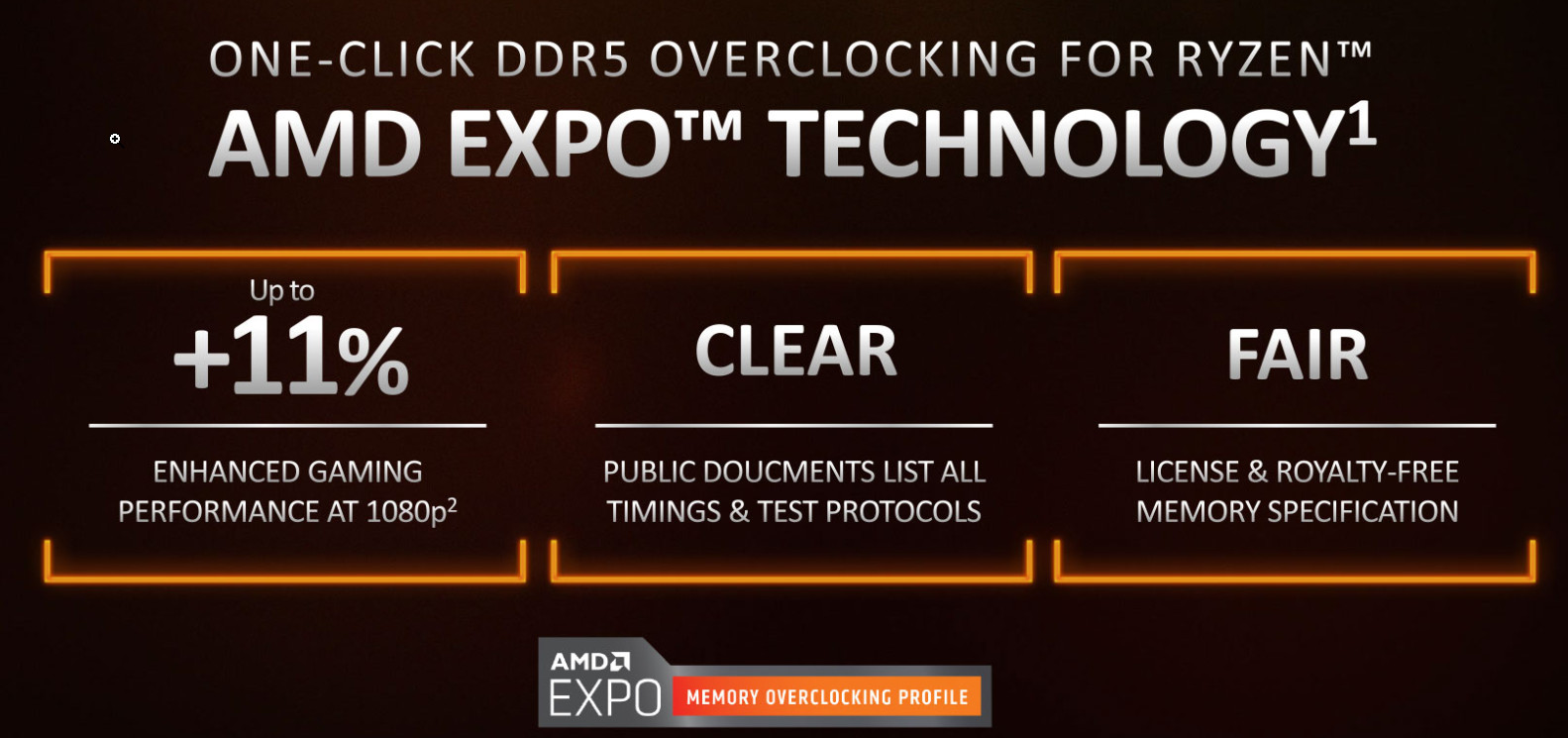
All this will be discussed in detail in the material on the Ryzen 9 7900X processor itself and the Zen4 architecture, here I will only note that so far we do not have such memory modules. (we used 5200MHz memory via XMP).
ASUS B650 Plus WiFi supports AMD 7000 generation processors made for socket AM5.
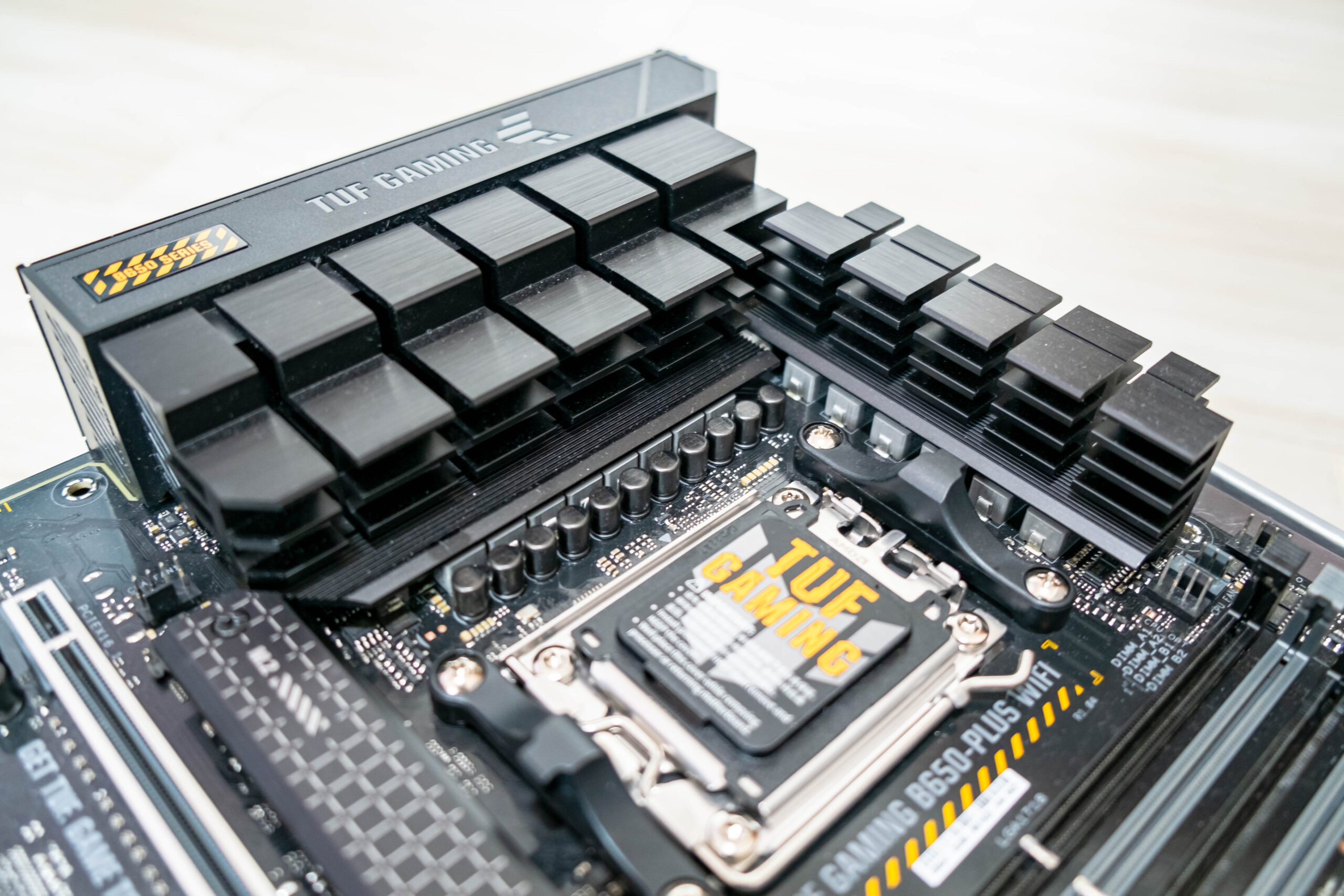
To install memory modules on the ASUS board there are 4 DIMM-slots (for dual channel memory in the case of using only 2 modules, they should be installed in A2 and B2, marked in gray color). The board supports unbuffered DDR5 (non-ECC) memory, and the maximum memory capacity is 128 GB. XMP & EXPO profiles are supported
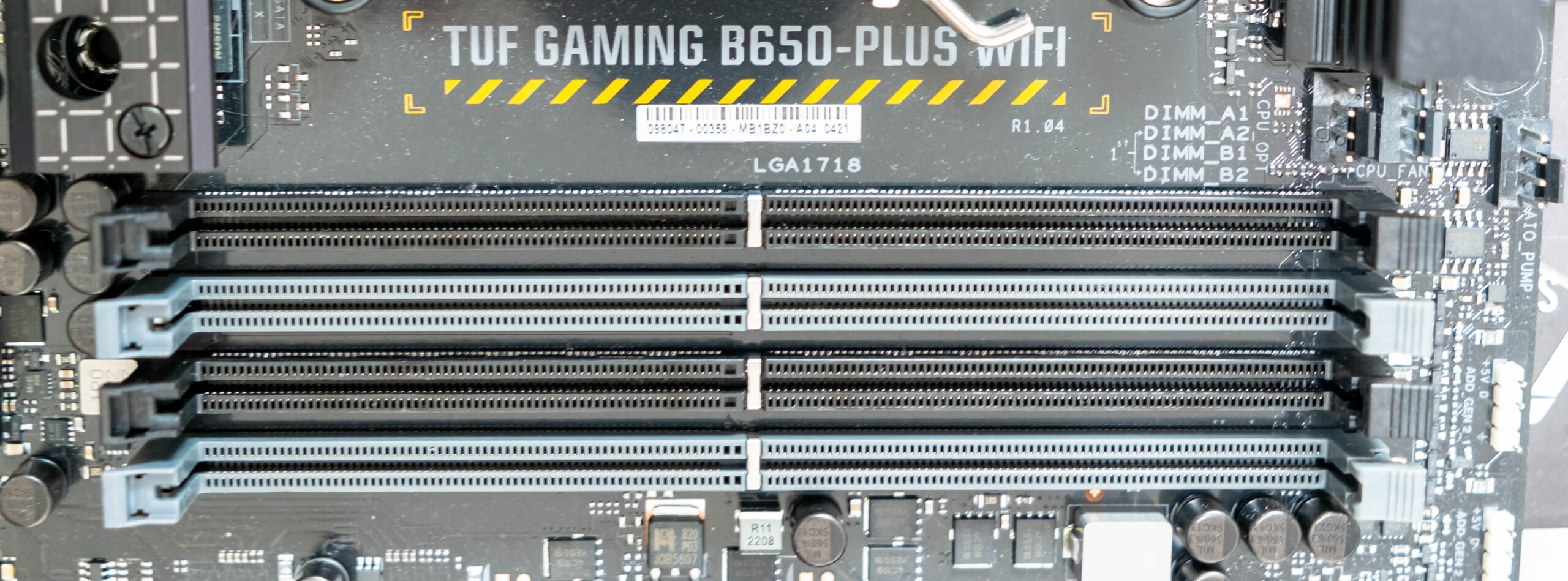
VCCIO MEM S3
This voltage is mainly related to DDR5 memory overclocking, which also converts VDDP (also related to DDR5).
1 RICHTEK RT8125DGQW (6X=) chip, PWM single-phase buck controller, management 2 on and 2 off a total of 4 discrete power modules ON-SEMI 4C10B, N CHANNEL MOSFET.
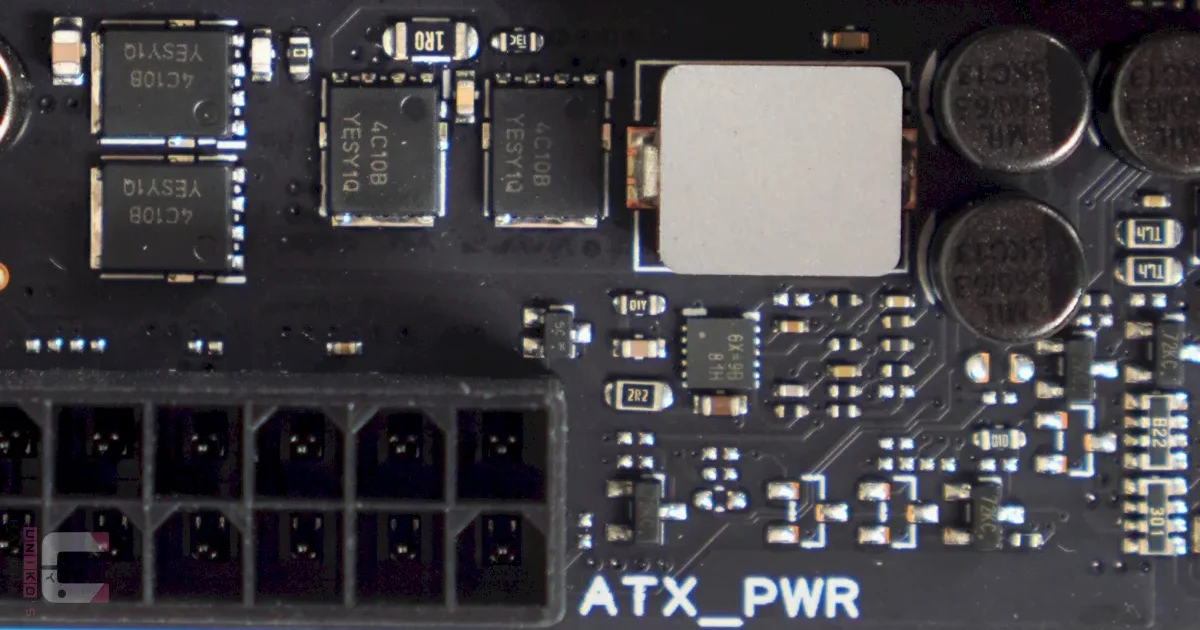
There are two ATX12V (8 pins & 4pins) powering the CPU.
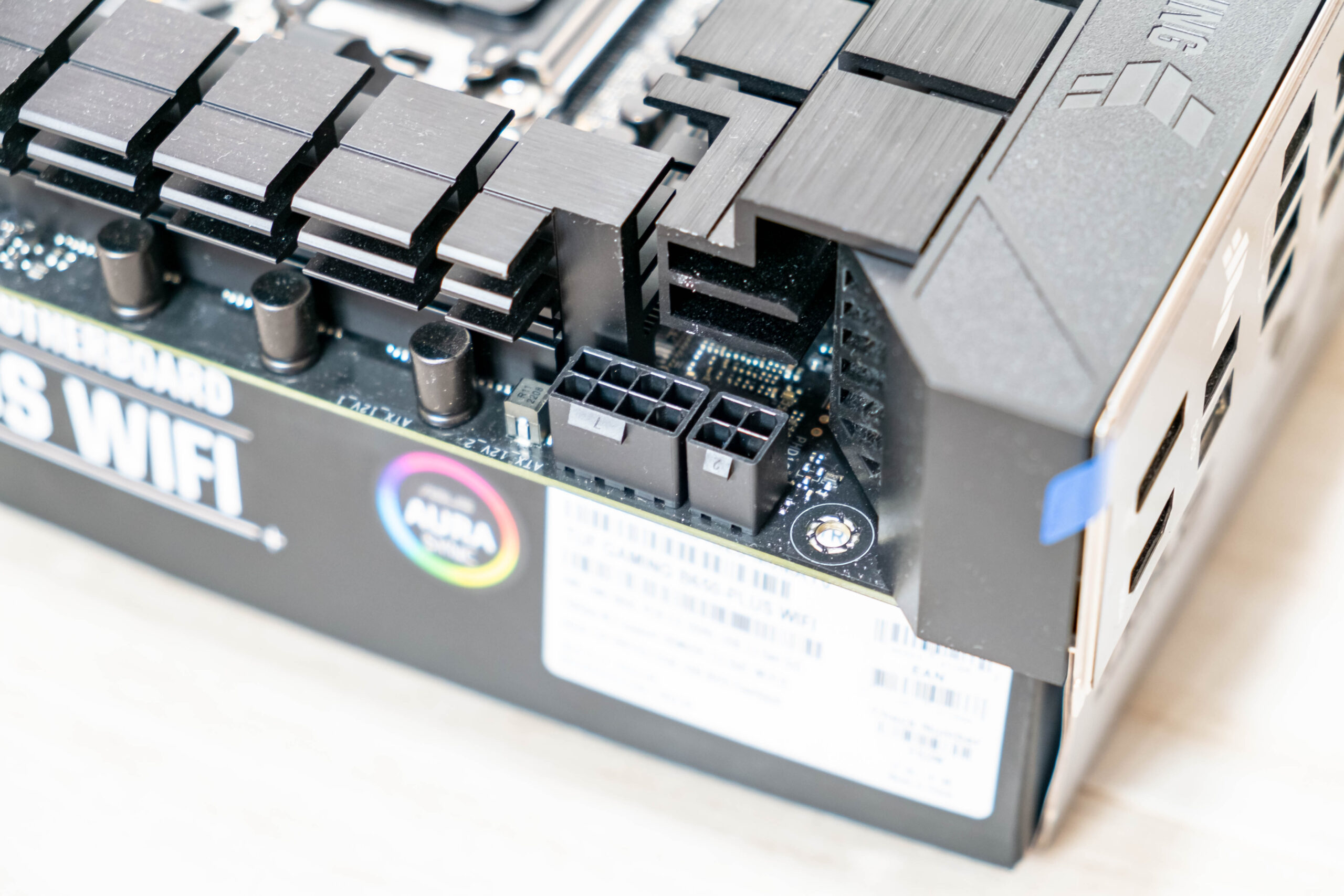
Dismantle
The power supply unit is a 12+2-phase configuration with teamed up performance and 60-amp integrated MOSFETs. On this board, Asus used ALPHA & OMEGA’ BFNO integrated MOSFETs, which have a maximum continuous current of 60 A, which means that the CPU can receive a maximum of 840 amps of current. The VRM controller is a DIGI+ brand ASP2208GQW, and it is located on the bottom side of the board. Behind the integrated MOSFETs are MicroAlloy chokes and Black Metallic 10K capacitors.
The circuit is covered with 12 + 2 + 2: 12 phases – the processor core, 2 phases – SoC (IGPU) and 2 phases – VDD_MISC.
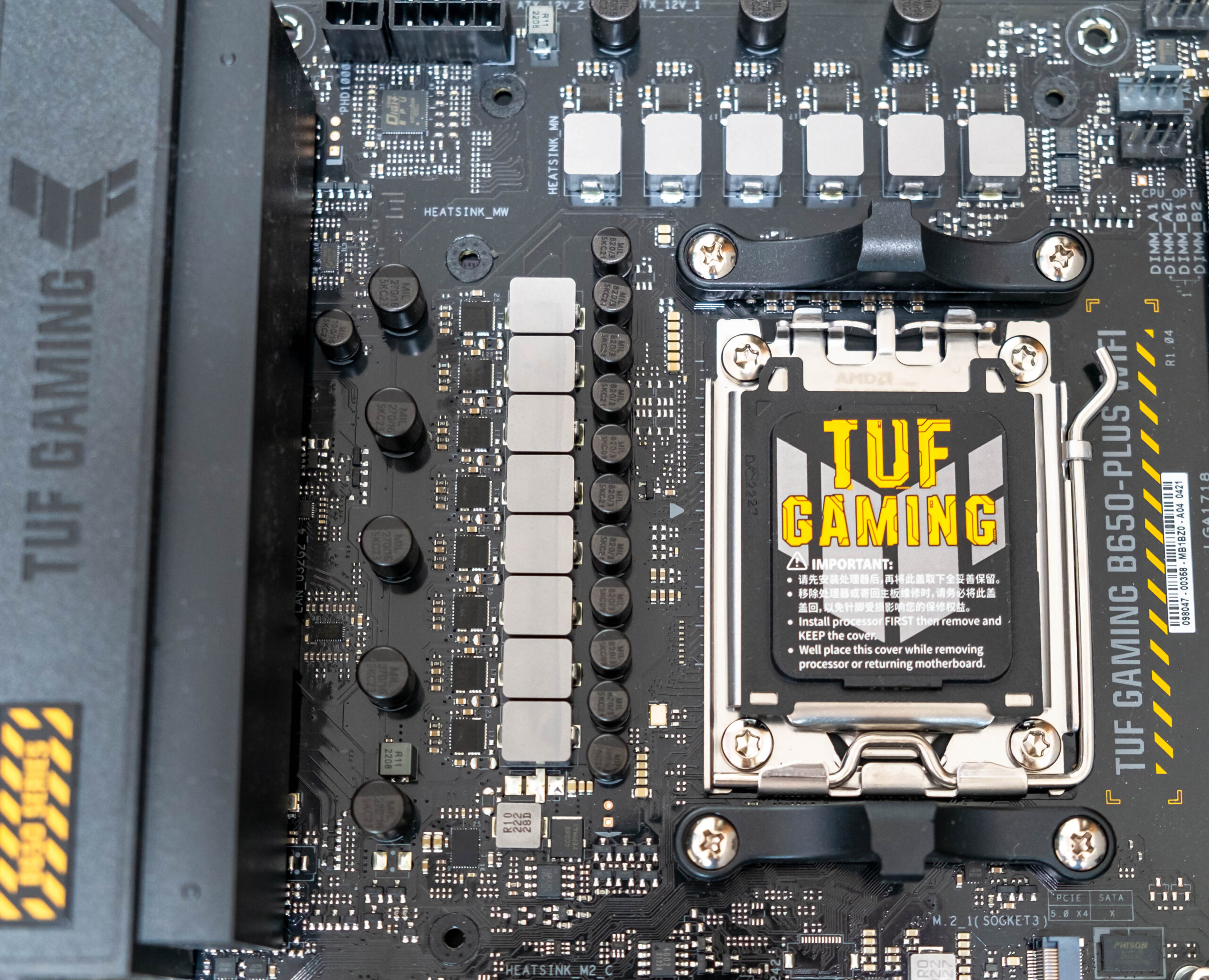
The ASUS custom version DIGI+EPU ASP2208GQW controls, 12 power modules responsible for VCORE with 6+2 PWM through an integrated power stage architecture (TEAMED).
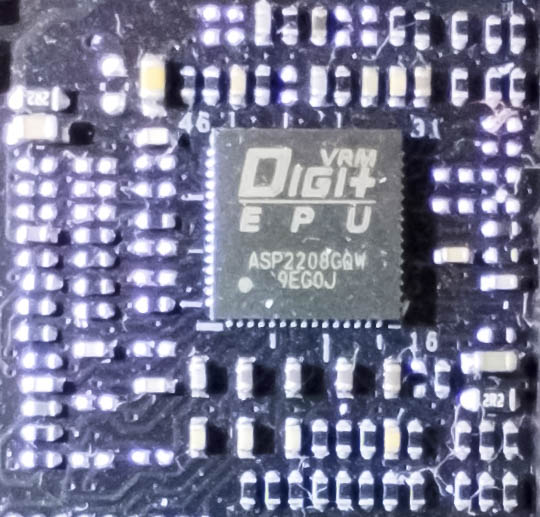
14 ALPHA & OMEGA (BFN0) 60A DrMOS power supply modules, 12 of which provide VCORE for CPU and 2 for VSOC for CPU.
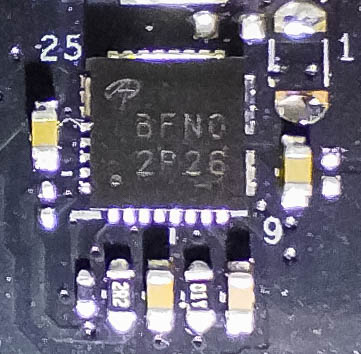
At the bottom of the board are the usual ports and headers, so there we find the front audio contacts, COM port, fan connector, RGB headers, three USB 2.0 internal connectors, two vertical SATA connectors, CL_RTC T_Sensor headers, front panel contacts, another 4-pin fan connector and LPC Debug header.
The audio CODEC is Realtek’s S1220A with support for 120 dB SNR playback and 113 dB SNR recording (Line-in) and formats up to 32-bit/192 kHz. There’s an automatic headphone impedance adjustment (front and back), internal headphone and speaker amplifier, built-in premium audio capacitors, de-pop circuitry, channels on separate PCB layers, etc.
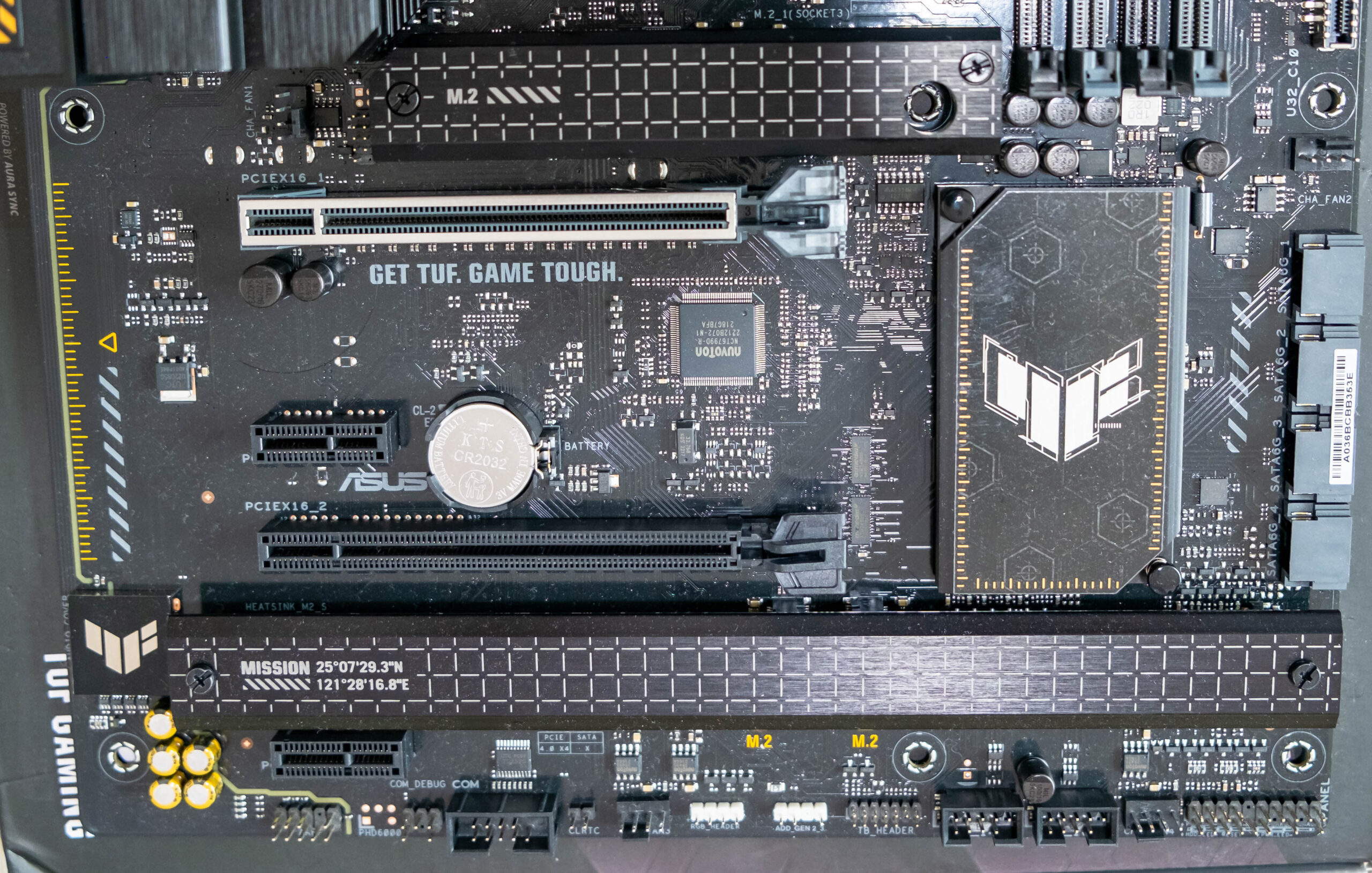
When it comes to storage, there are M.2_1 and M.2_2 slots managed by the processor. The B650 chipset manages M.2_3 slots that are PCIe 4.0 x4 standard, and there are also four SATA 6Gbps ports with support for AMD RAIDXpert2 technology. All of them are equipped with the Q-latch SSD locking system, which is an excellent system. The chipsets are located under the large cooler with the TUF logo, inscription.
The M2_1 & M.2_2 receive data from the CPU, M.2_3 receive data from the B650 chipset. All support 2260/2280/22110 module sizes.
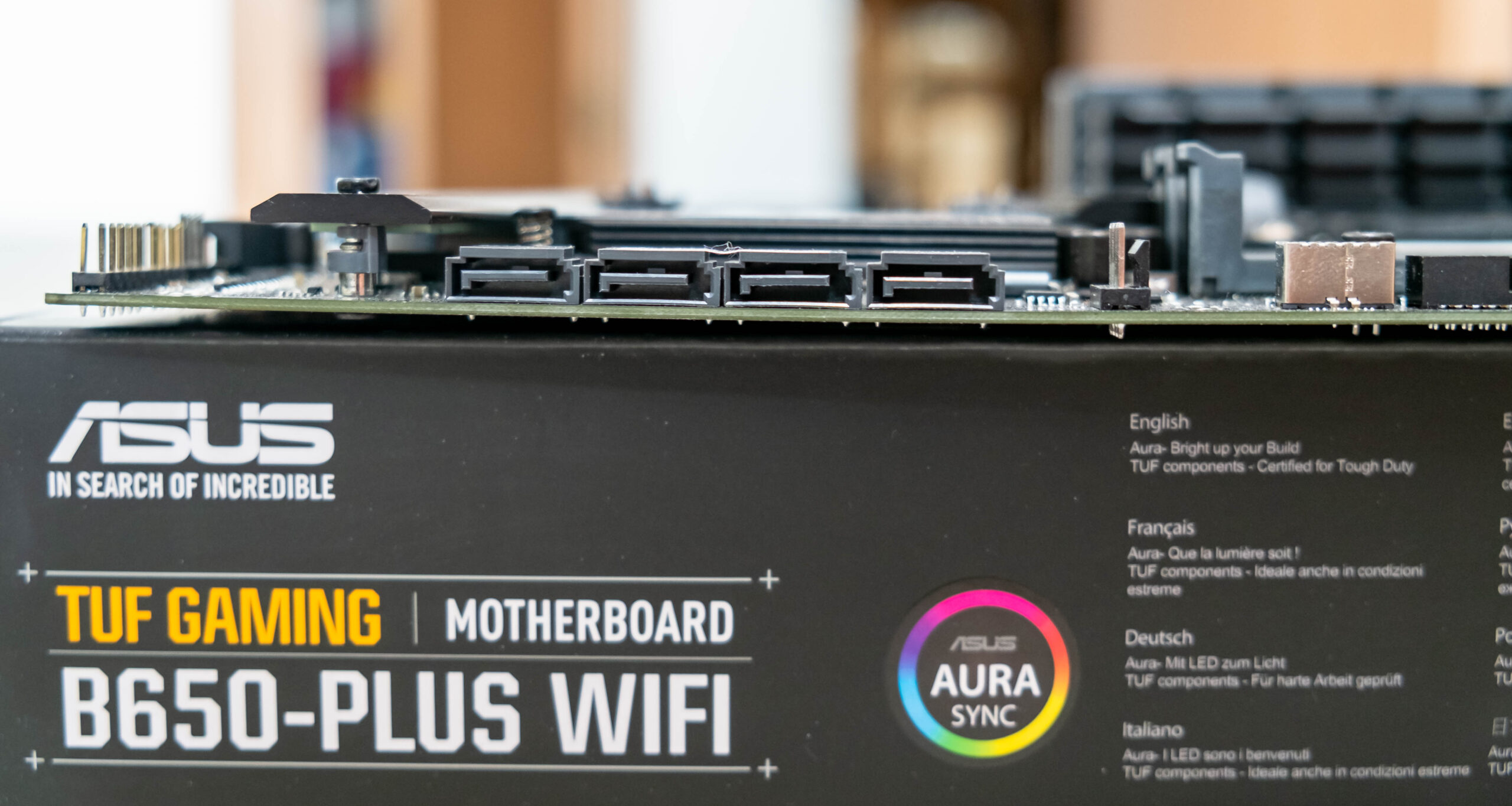
Benchmark
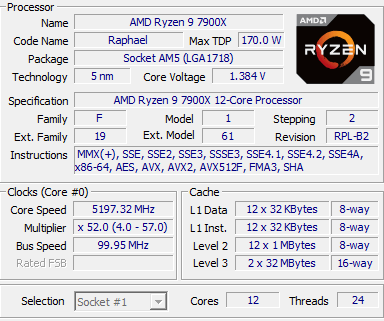
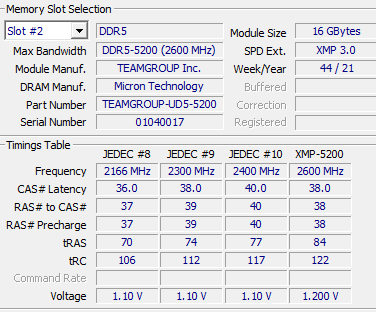
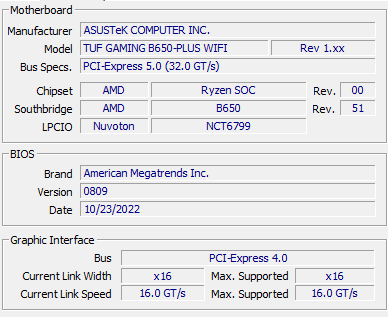
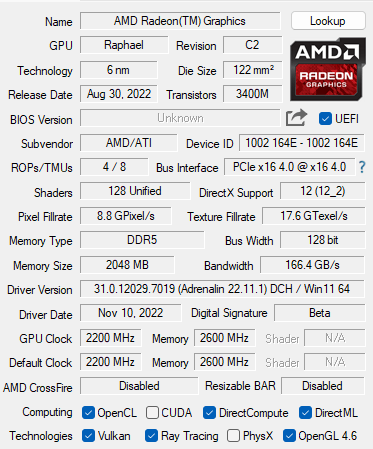
How We Test ASUS TUF Gaming B650 Plus WIFI?
AMD B650 TUF Gaming WiFi is a midrange motherboard from ASUS. As such, our workstation, based on an TUF X670E Plus Wifi motherboard and AMD Ryzen 9 7900X 12 cores 24 threads processor. The ram we will be using TeamGroup DDR5 5200Mhz memory kit. AMD IGPU RDNA2 2CuU and ADATA PCIe 4.0 1TB SSD is used as well to run with benchmark. On the Comparison, we will be testing 4 systems to run side by side to see perform better.
| SYSTEM 1 | SYSTEM 2 | SYSTEM 3 | SYSTEM 4 | |
| Motherboard | ASUS TUF X670E PLUS WIFI | AsRock Z790 PG-ITX/TB4 | ASUS ROG STRIX Z790-I Gaming WIFI | ASUS TUF B650 PLUS WIFI |
| CPU | AMD Ryzen 9 7900X | Intel Core i9 13900K | Intel Core i9 13900K | AMD Ryzen 9 7900X |
| Ram | TeamGroup DDR5 5200Mhz | TeamGroup DDR5 4800Mhz | TeamGroup DDR5 5200Mhz | TeamGroup DDR5 5200Mhz |
| GPU | AMD RDNA2 -2CU | Intel UHD 770 -32EUs | Intel UHD 770 -32EUs | AMD RDNA2 -2CU |
| SSD | ADATA PCIe 4.0 1TB | ADATA PCIe 4.0 1TB | ADATA PCIe 4.0 1TB | ADATA PCIe 4.0 1TB |
| OS | Microsoft Windows 11 Pro 22H2 | Microsoft Windows 11 Pro 22H2 | Microsoft Windows 11 Pro 22H2 | Microsoft Windows 11 Pro 22H2 |
| Bios | 0809 – 23/10/22 | 2.03 – 6/10/22 | 0703 – 8/11/22 | 0809 – 23/10/22 |
Cinebench R23
Improvements to Cinebench Release 20 reflect the overall advancements to CPU and rendering technology in recent years, providing a more accurate measurement of Cinema 4D‘s ability to take advantage of multiple CPU cores and modern processor features available to the average user
| CineBench R23 | ||
| Single Core | Multi Core | |
| ASUS TUF X670E PLUS WIFI | 2003 | 28176 |
| AsRock Z790 PG-ITX/TB4 | 2226 | 35939 |
| ASUS ROG STRIX Z790-I Gaming WIFI | 2221 | 36064 |
| ASUS TUF B660 PLUS WIFI | 1993 | 28012 |
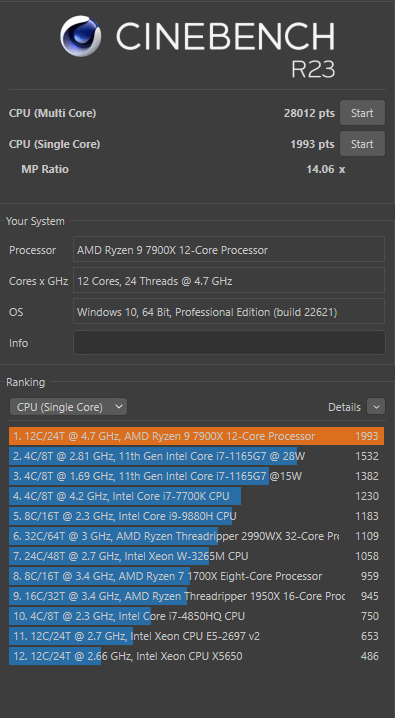
PCMark 10
PCMark 10 features a comprehensive set of tests that cover the wide variety of tasks performed in the modern workplace. With a range of performance tests, custom run options, Battery Life Profile, and new Storage benchmarks, PCMark 10 is the complete PC benchmark for the modern office.
| PCMark 10 | ||||
| Essentials | Productivity | Digital Content | Score | |
| ASUS TUF X670E PLUS WIFI | 12512 | 11849 | 6867 | 7212 |
| AsRock Z790 PG-ITX/TB4 | 12079 | 8537 | 7648 | 6624 |
| ASUS ROG STRIX Z790-I Gaming WIFI | 12091 | 8712 | 7807 | 6716 |
| ASUS TUF B660 PLUS WIFI | 12615 | 11916 | 6979 | 7285 |
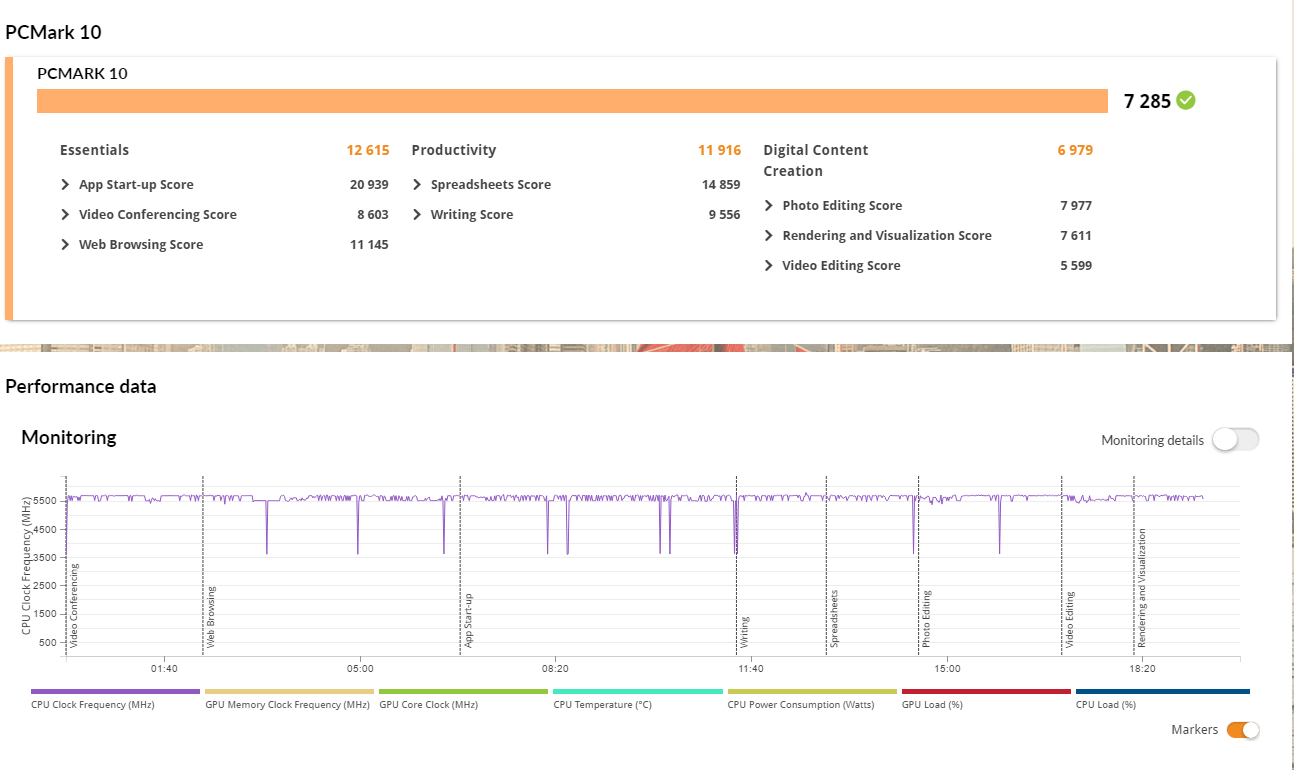
Geekbench 5
Geekbench 5 measures your processor’s single-core and multi-core power, for everything from checking your email to taking a picture to playing music, or all of it at once. Geekbench 5’s CPU benchmark measures performance in new application areas including Augmented Reality and Machine Learning, so you’ll know how close your system is to the cutting-edge.
| GeekBench | |||
| Single Core | Multi Core | OpenCL | |
| ASUS TUF X670E PLUS WIFI | 2156 | 18646 | 7618 |
| AsRock Z790 PG-ITX/TB4 | 2166 | 22510 | 9797 |
| ASUS ROG STRIX Z790-I Gaming WIFI | 2197 | 24341 | 9707 |
| ASUS TUF B660 PLUS WIFI | 2206 | 18926 | 7640 |
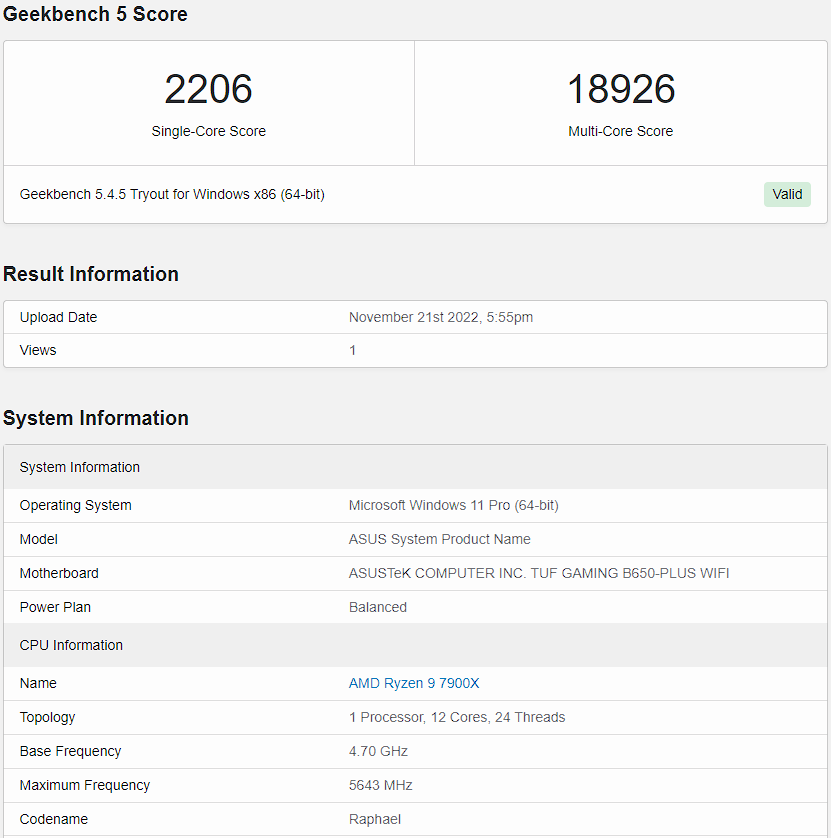
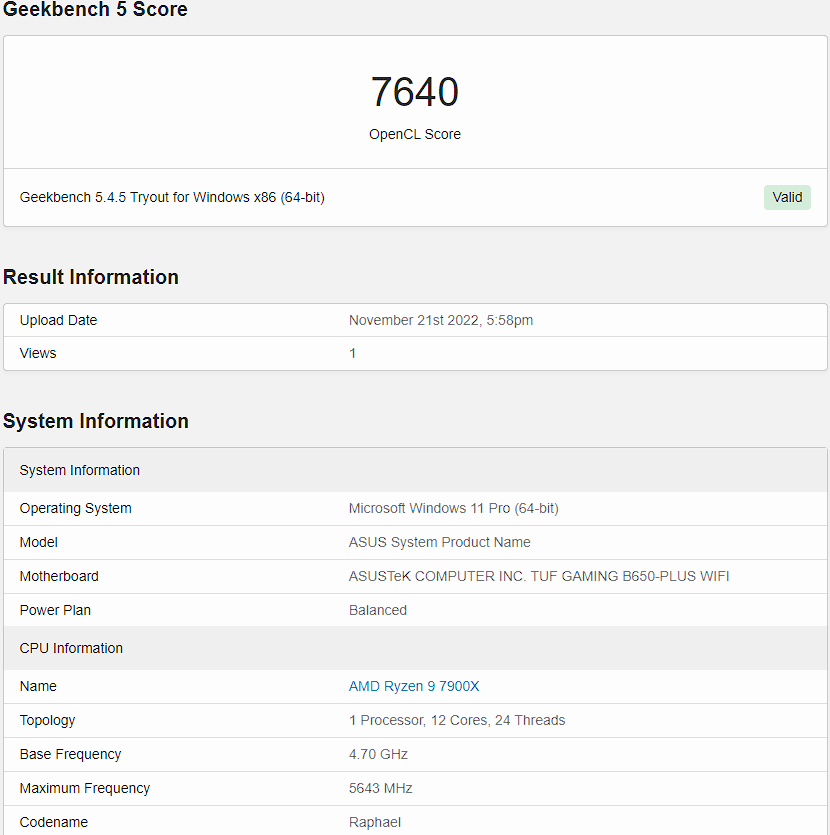
3Dmark Advanced Edition
3DMark includes everything you need to benchmark your PC and mobile devices in one app. Whether you’re gaming on a smartphone, tablet, notebook, or a desktop gaming PC, 3DMark includes a benchmark designed specifically for your hardware.
| 3DMark Advanced Edition – CPU Profile | |||||||
| 1 Thread | 2 Threads | 4 Threads | 8 Threads | 16 Threads | Max Threads | ||
| ASUS TUF X670E PLUS WIFI | 1110 | 2177 | 4252 | 8001 | 11710 | 12853 | |
| AsRock Z790 PG-ITX/TB4 | 1237 | 2435 | 6473 | 8800 | 10685 | 14209 | |
| ASUS ROG STRIX Z790-I Gaming WIFI | 1231 | 2369 | 4686 | 8845 | 11519 | 16443 | |
| ASUS TUF B660 PLUS WIFI | 1108 | 2192 | 4256 | 7998 | 11650 | 12917 | |
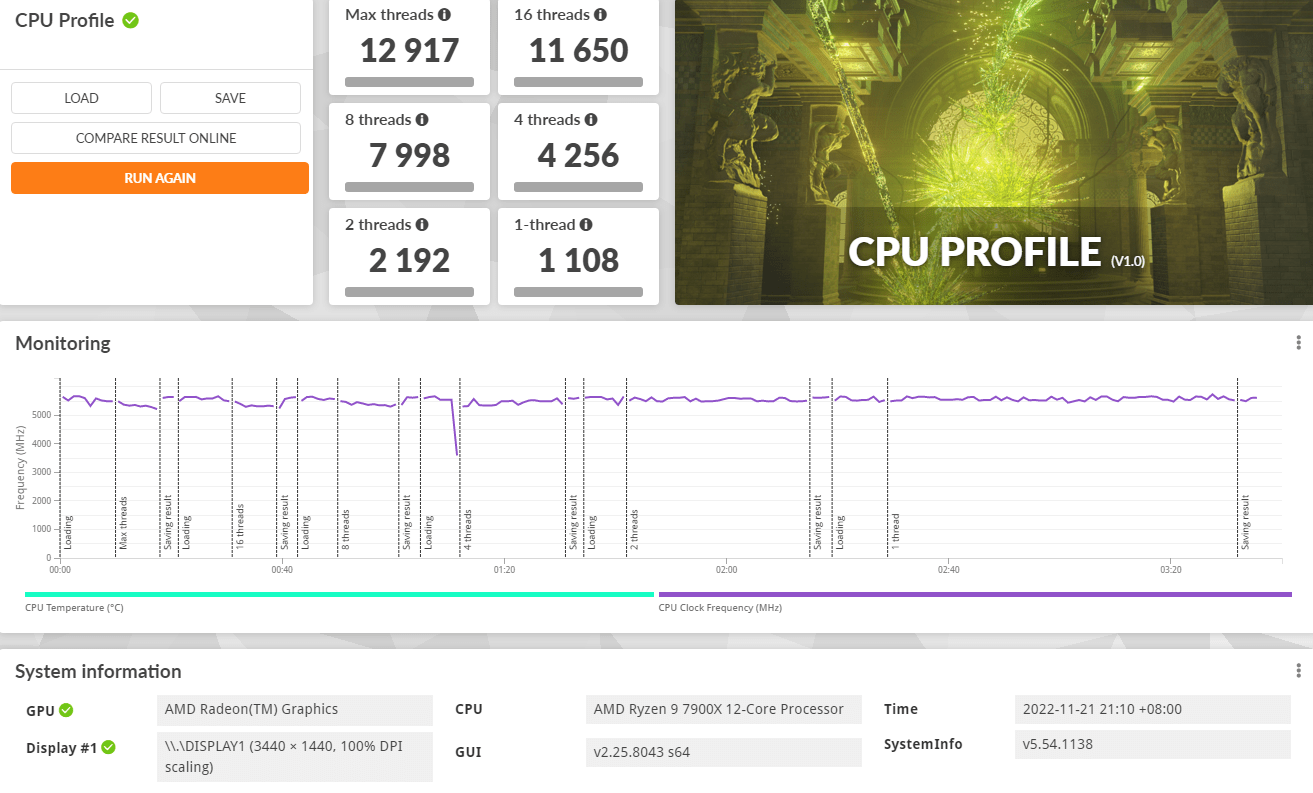
| 3DMark Advanced Edition | ||||||
| Fire Strike | Night Raid | Port Royal | Storage | Time Spy | Wild Life Extreme | |
| ASUS TUF X670E PLUS WIFI | 2150 | 10492 | 303 | 2598 | 818 | 1367 |
| AsRock Z790 PG-ITX/TB4 | 2801 | 13617 | Fail | 2264 | 965 | 1981 |
| ASUS ROG STRIX Z790-I Gaming WIFI | 2840 | 13749 | Fail | 2945 | 975 | 1954 |
| ASUS TUF B660 PLUS WIFI | 2138 | 106325 | 302 | 2662 | 828 | 1353 |
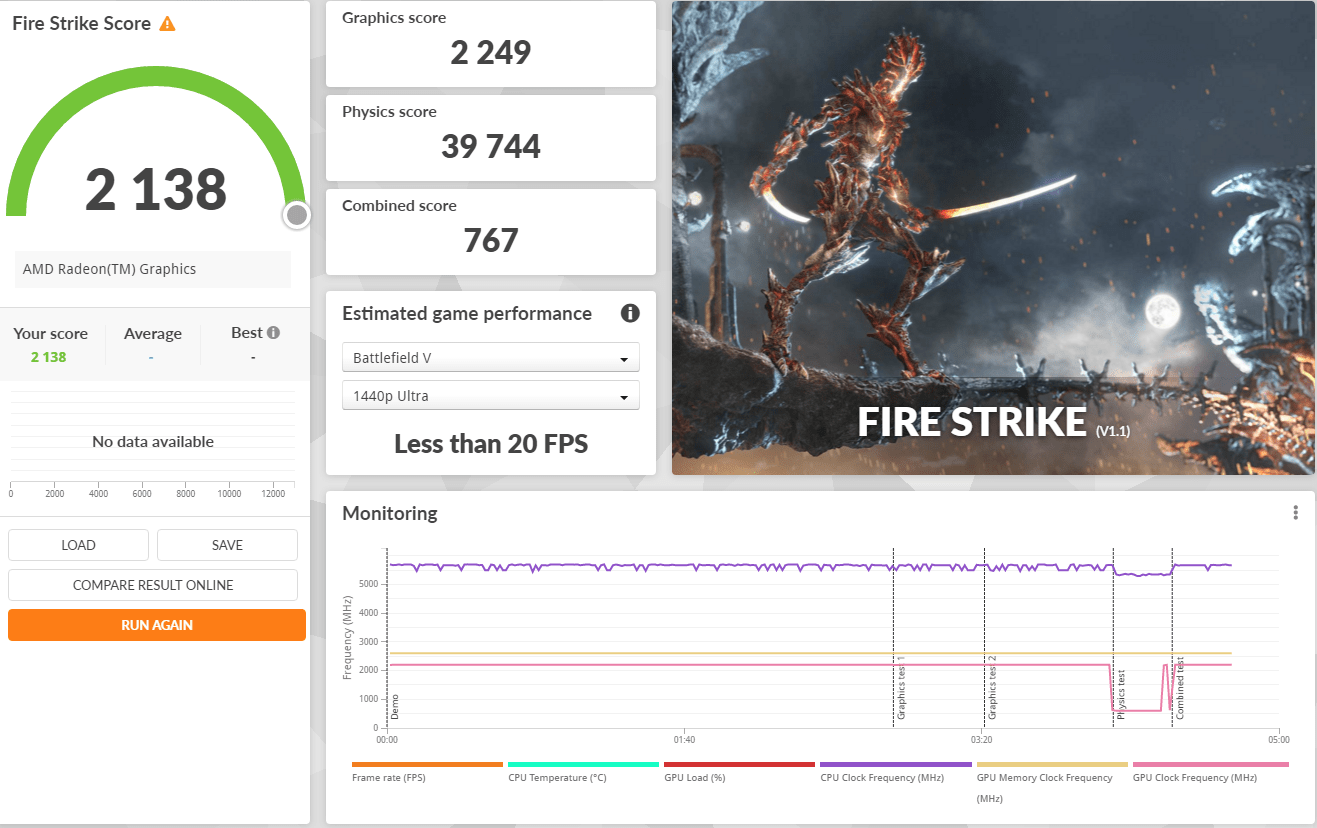
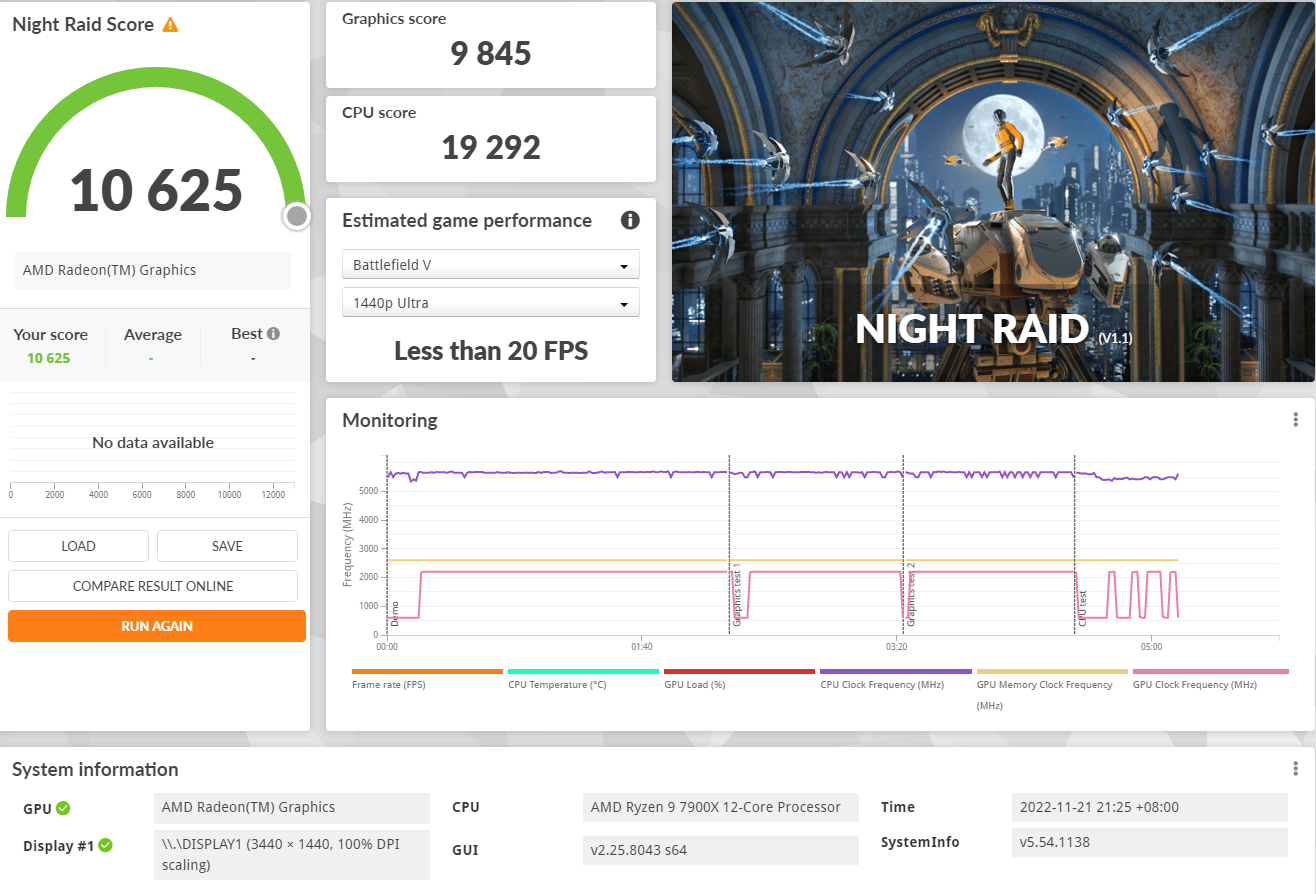
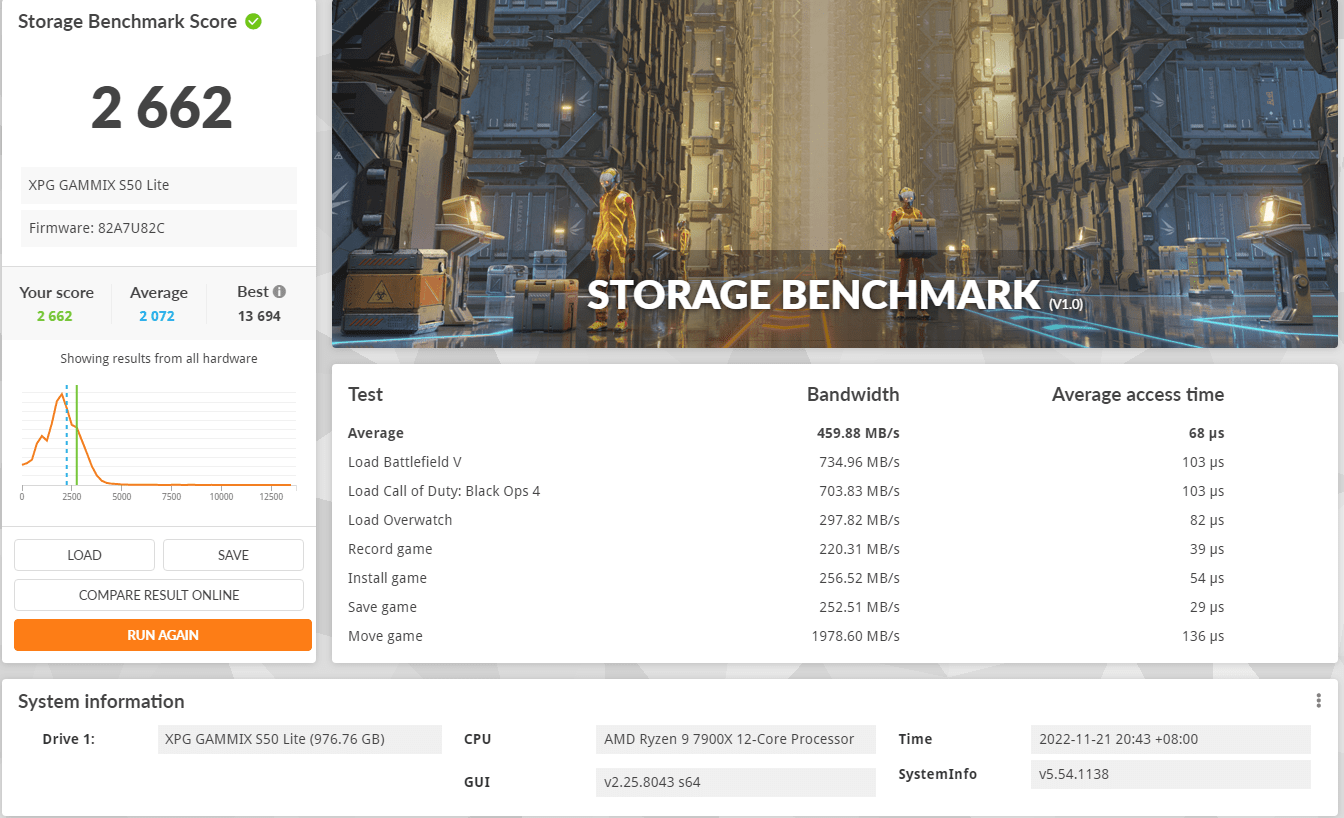
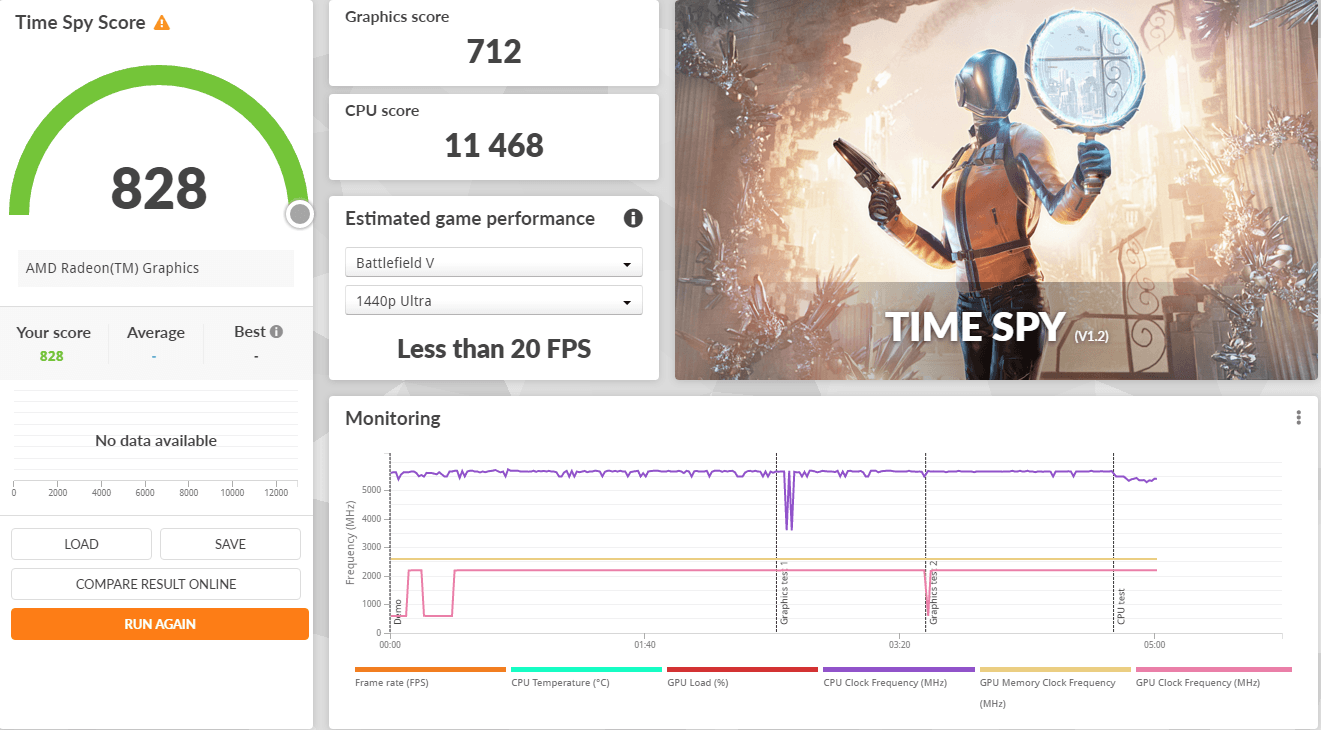
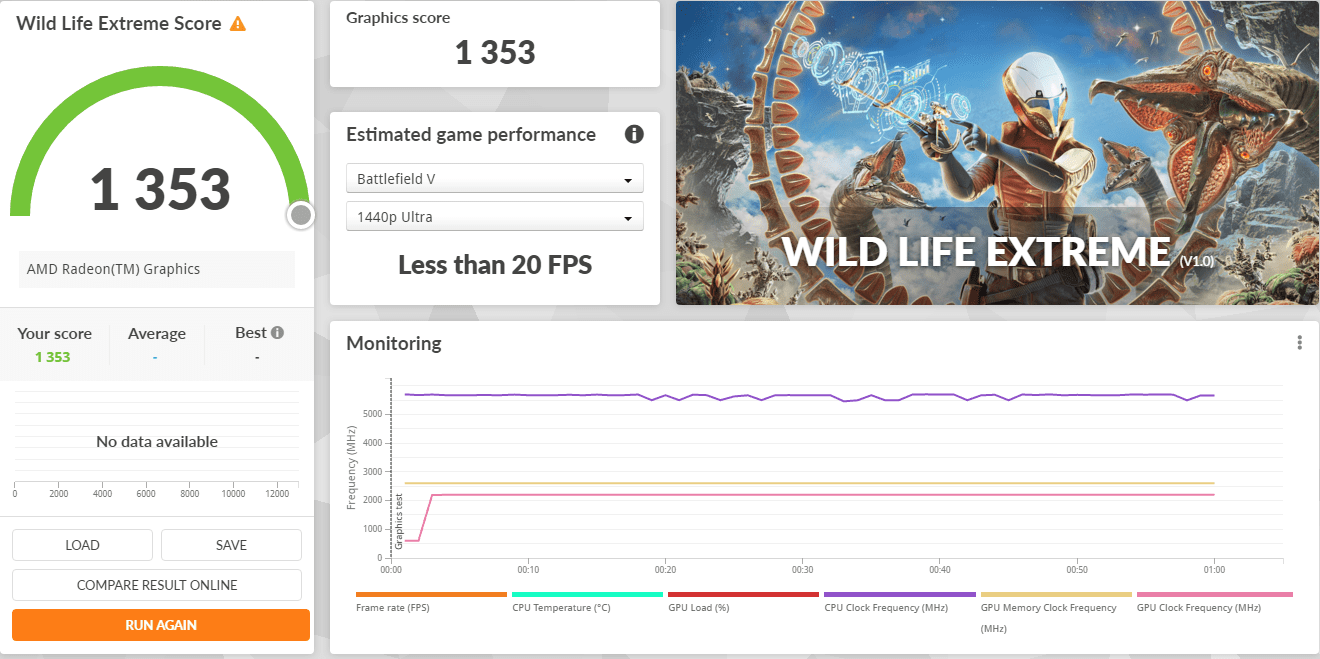
Passmark Benchmark
PassMark runs heavy mathematical calculations that stress the CPU’s performance at compression, encryption, and physics-related tasks.
| PassMark | ||||||
| CPU | 2D | 3D | Memory | Disk | Score | |
| ASUS TUF X670E PLUS WIFI | 52337.9 | 610.3 | 1587.3 | 3578.5 | 26947.8 | 5027.9 |
| AsRock Z790 PG-ITX/TB4 | 58647 | 493 | 1983.1 | 3393.3 | 2167.8 | 3773.3 |
| ASUS ROG STRIX Z790-I Gaming WIFI | 62159.2 | 444.4 | 2013.3 | 3686.9 | 29809.8 | 4466 |
| ASUS TUF B660 PLUS WIFI | 52053.5 | 614.8 | 1597.3 | 3599.2 | 26712.7 | 5057.4 |
